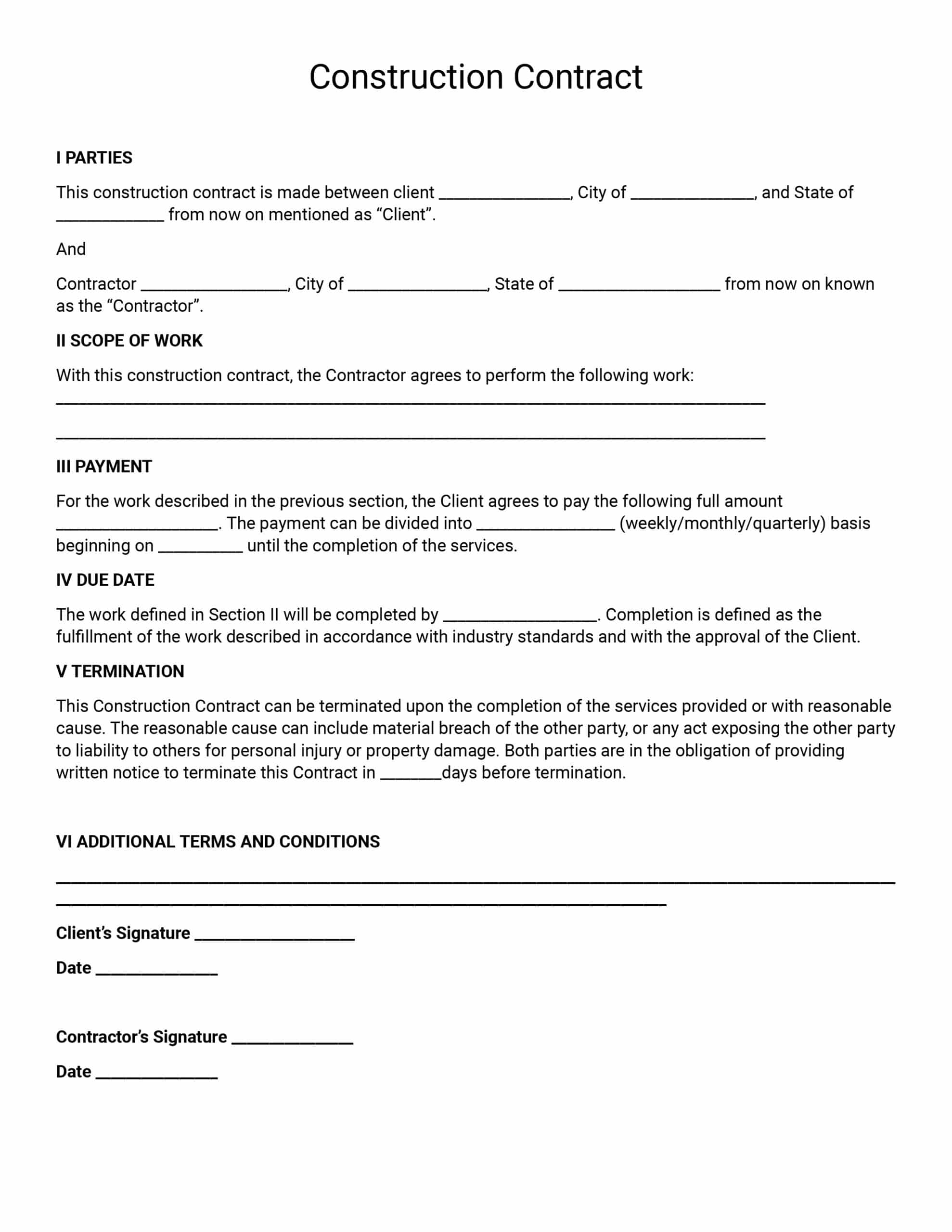
When embarking on a construction project, whether big or small, it is crucial to have a clear and concise agreement in place with your general contractor. This agreement serves as a legal document outlining the terms and conditions of the project, ensuring that both parties are on the same page. A general contractor agreement can be a lifesaver in case of disputes or misunderstandings down the line.
In this comprehensive guide, we will delve into the what, why, and how of a general contractor agreement, providing you with examples and tips for successful implementation.
What is a General Contractor Agreement?
A general contractor agreement is a formal document that lays out the responsibilities, expectations, and terms of a construction project between the property owner or project manager and the general contractor. It serves as a roadmap for the project, detailing everything from the scope of work to payment schedules and dispute resolution procedures.
This agreement is essential for ensuring that both parties are in agreement and have a clear understanding of their roles throughout the project.
Why Use a General Contractor Agreement?
There are several reasons why using a general contractor agreement is beneficial for both parties involved in a construction project:
- Clarity: The agreement provides clarity on the scope of work, timelines, and payment terms, reducing the likelihood of misunderstandings.
- Legal Protection: In case of disputes or disagreements, the agreement serves as a legal document that can be used to resolve conflicts.
- Accountability: By clearly outlining the responsibilities of each party, the agreement holds both the property owner and the general contractor accountable for their actions.
- Professionalism: Having a formal agreement in place demonstrates professionalism and sets the tone for a successful working relationship.
How to Create a General Contractor Agreement
Creating a general contractor agreement may seem daunting, but with the right guidance, it can be a straightforward process. Here are some steps to help you create a comprehensive agreement:
1. Include Basic Information
Start by including basic information such as the names and contact details of both parties, the project address, and a brief description of the project.
2. Outline the Scope of Work
Clearly define the scope of work, including all tasks and responsibilities that the general contractor is expected to perform. Be as specific as possible to avoid any misunderstandings later on.
3. Establish Payment Terms
Detail the payment terms, including the total project cost, payment schedule, and any penalties for late payments. This section should also outline how change orders and additional costs will be handled.
4. Include Terms and Conditions
Include terms and conditions related to warranties, insurance, permits, and subcontractors. This section should cover all legal aspects of the project to protect both parties.
5. Address Dispute Resolution
Outline the procedures for resolving disputes, including mediation, arbitration, or litigation. Having a clear process in place can help prevent conflicts from escalating.
6. Signatures
Finally, ensure that the agreement is signed and dated by both parties to make it legally binding. Each party should keep a copy of the signed agreement for their records.
Examples of General Contractor Agreements
There are numerous templates and examples of general contractor agreements available online that you can use as a starting point. It is essential to customize the agreement to suit the specific needs of your project and ensure that all details are accurately reflected in the document.
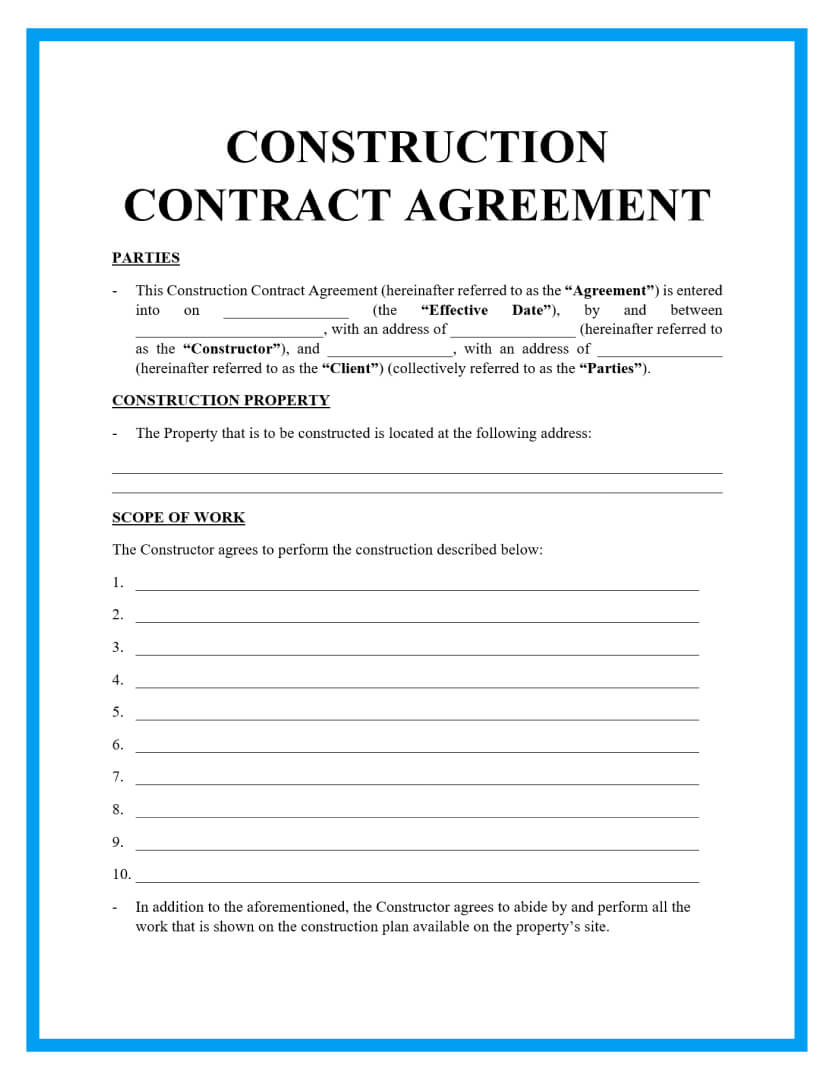

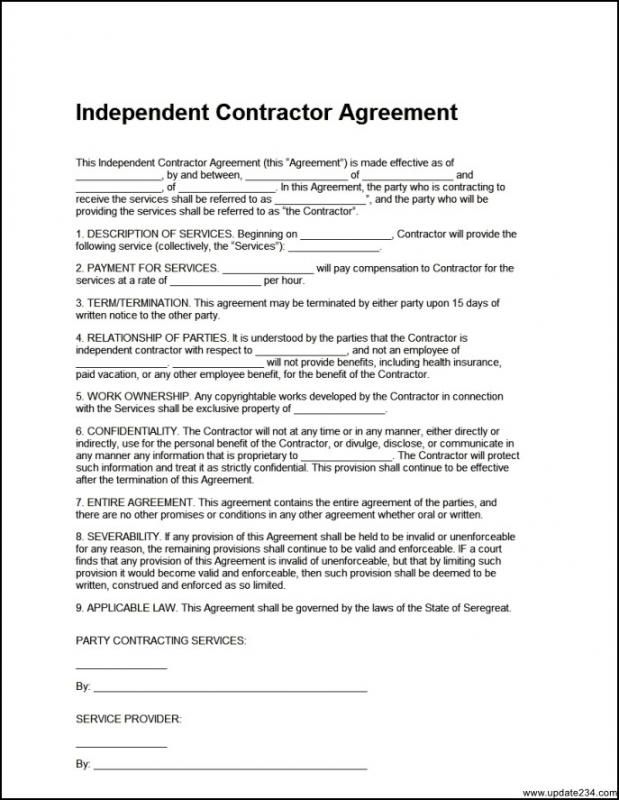
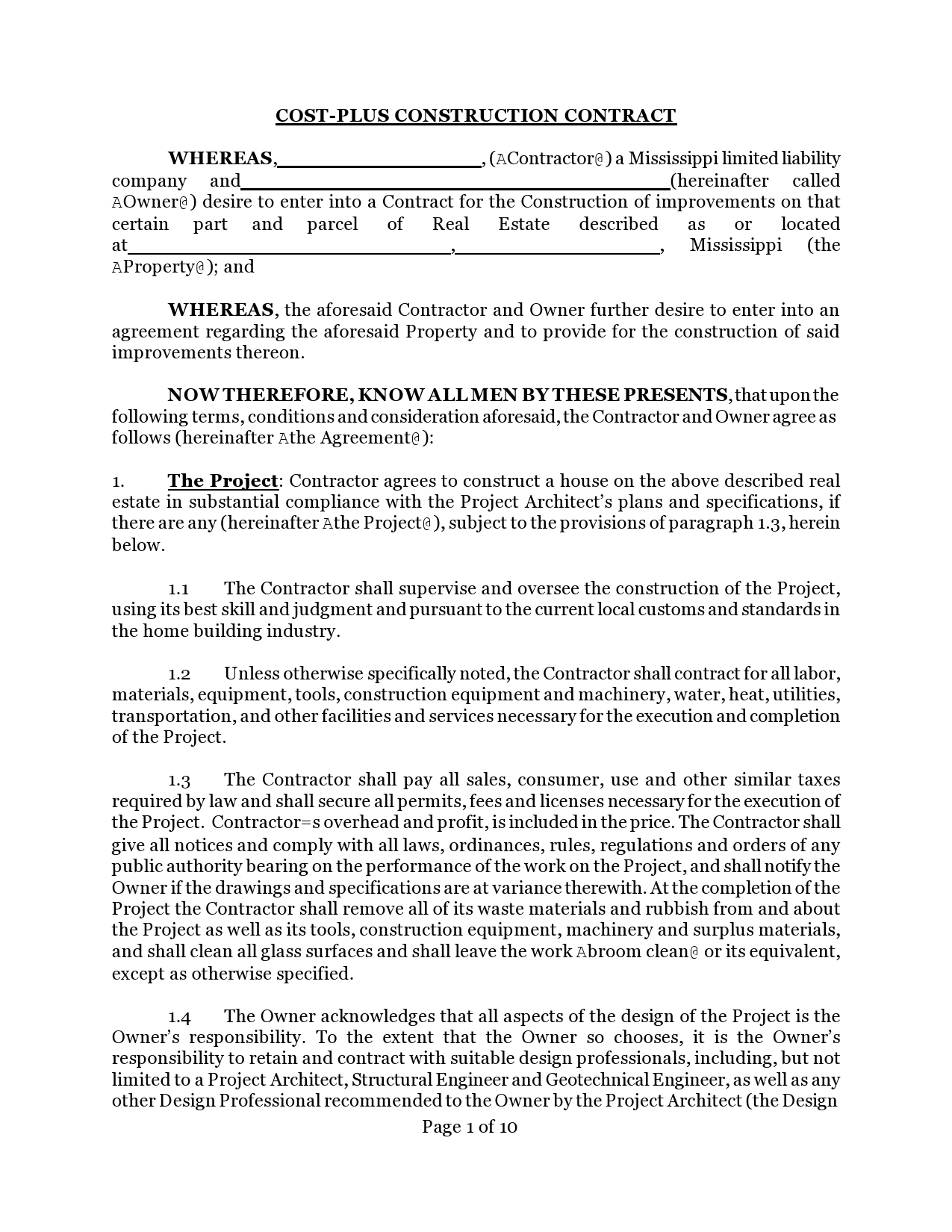
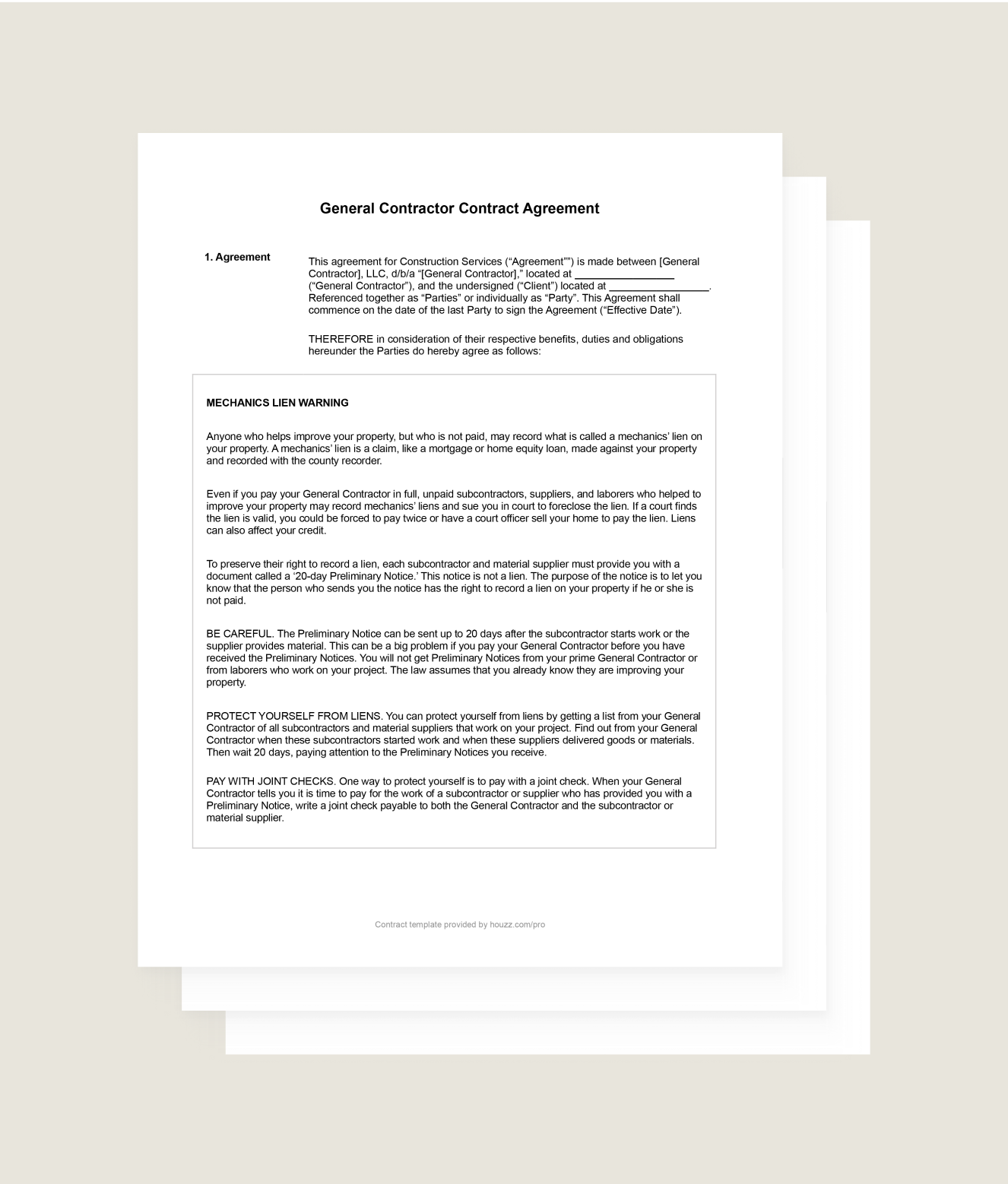


Tips for Successful Implementation of a General Contractor Agreement
Here are some tips to help ensure the successful implementation of a general contractor agreement:
- Review Carefully: Take the time to review the agreement thoroughly before signing to ensure that all terms are clear and agreeable.
- Communicate Effectively: Maintain open communication with your general contractor throughout the project to address any issues promptly.
- Document Everything: Keep detailed records of all communications, changes, and payments related to the project to avoid misunderstandings.
- Seek Legal Advice: If you are unsure about any aspect of the agreement, seek legal advice to ensure that your interests are protected.
- Update as Needed: As the project progresses, be open to revising and updating the agreement to reflect any changes in timelines, costs, or scope of work.
In Conclusion
A general contractor agreement is a crucial document for any construction project, providing clarity, legal protection, and accountability for both parties involved. By following the steps outlined in this guide and utilizing templates and examples, you can create a comprehensive agreement that sets the stage for a successful project. Remember to communicate effectively, document everything, and seek legal advice when needed to ensure a smooth and successful working relationship with your general contractor.